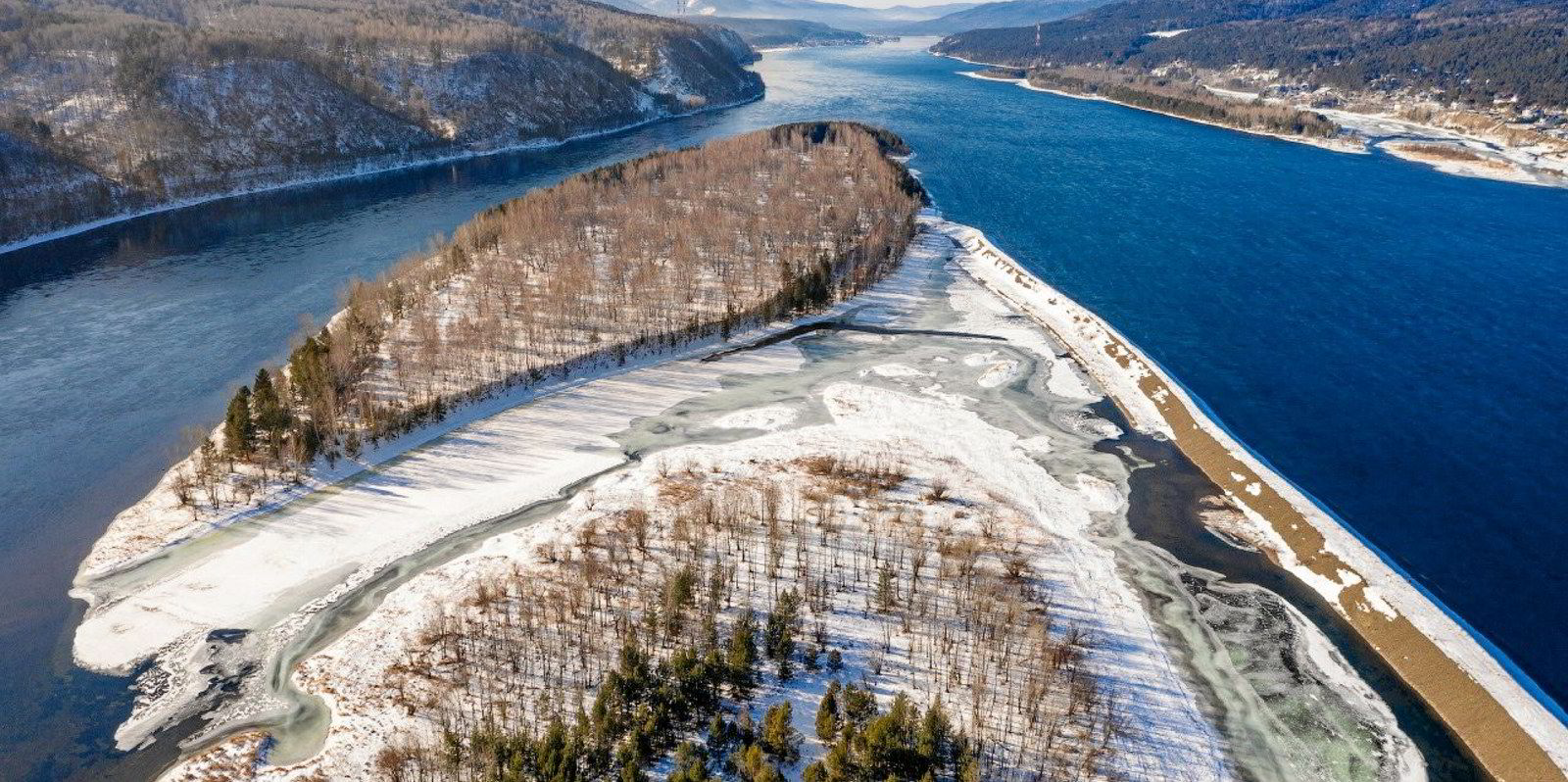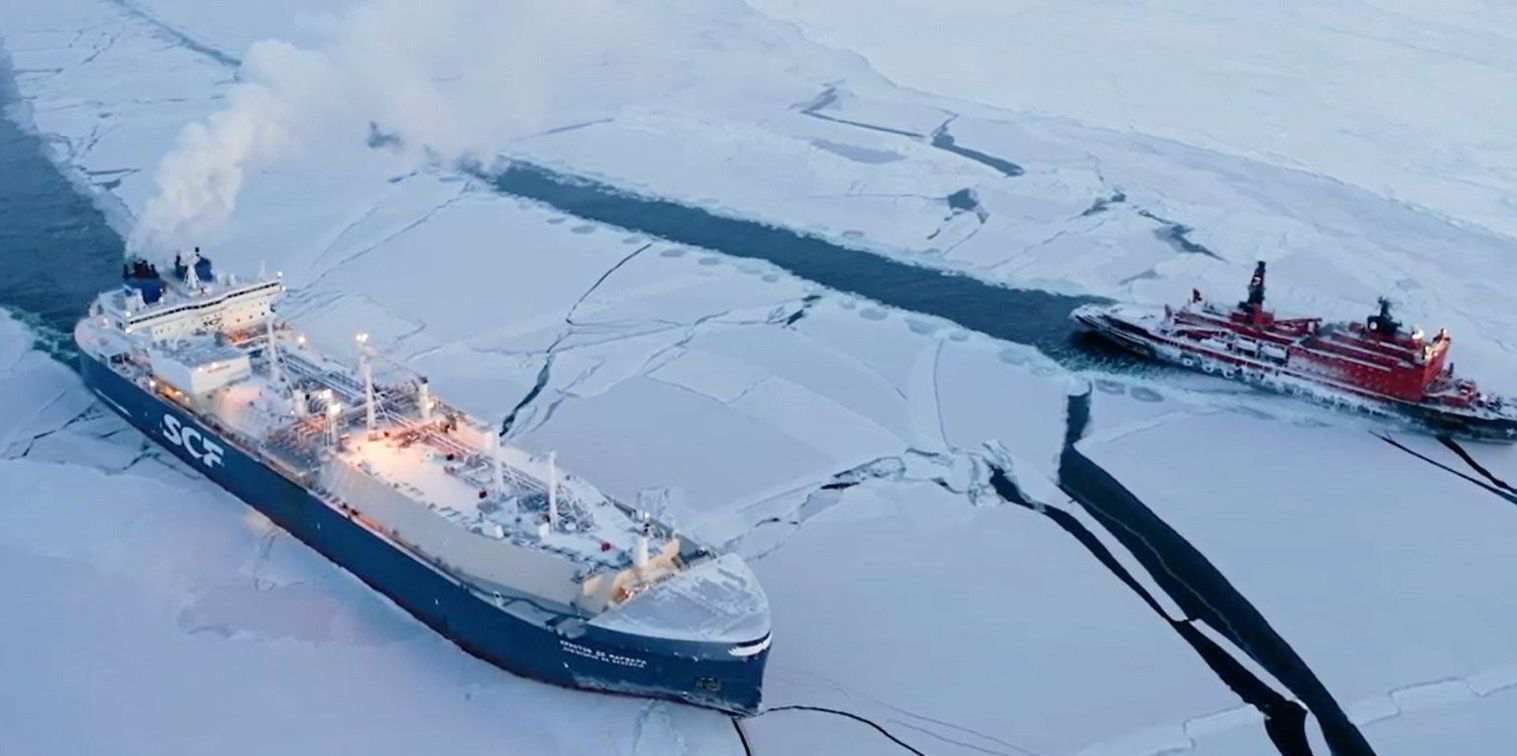Two tankers hauling crude on the Northern Sea Route (NSR) are likely to be the first of many this summer as Russia presses ahead with plans to exploit its Arctic oil resources, say analysts.
The 111,100-dwt NS Arctic (built 2009) and 114,000-dwt Primorsky Prospect (built 2010) were following the 60 MW nuclear-powered ice-breaker Sibir (built 2022) on Friday heading towards eastern China.
The Primorsky Prospect is due to arrive at Dalian on 16 August. The NS Arctic is due a day later at Rizhao, according to Kpler tracking data. The 172,600-cbm LNG carrier Boris Vilkitsky (built 2017) is also part of the group in the Laptev Sea, tracking data showed.
Crude tanker shipments have been rare on the Arctic route but the voyages by the two aframaxes are likely to be the prelude to greater activity this summer before all-year sailing on the NSR planned from 2024, say Russian officials.
Crude deliveries have lagged behind LNG on the Arctic route, but the development of the giant Vostok Oil project in which up to 2m barrels per day shipped from a new terminal at the Bukhta Sever port in western Siberia by 2030.
The new plans require a major investment in ships. Vostok Oil aims to build its own fleet of ice-class and regular tankers, according to energy giant Rosneft and the investment portal for Russia’s Arctic zone.
The war in Ukraine has accelerated the development of the NSR route as China and India have taken over from Europe as the biggest buyers of Russian crude.
Europe imposed an import ban on 5 December 2022, forcing Moscow to pivot to the east to sell its oil. The longer distances have driven up tonne-miles and forced Russia to juggle its fleet to reduce transport costs and limit exposure to Western sanctions.
The two aframaxes are managed by Dubai-based Sun Ship Management. The Sovcomflot (SCF Group) technical manager has been placed under sanctions by the EU and the UK for its role in supporting the Russian state following the invasion of Ukraine.

Another Sun Ship Management vessel, the 117,150-dwt SCF Baltica (built 2005), is due to load crude at Murmansk over the weekend after travelling on ballast from eastern China through the NSR, according to Bloomberg and cargo data.
The NSR allows tankers to avoid the Suez Canal and cut voyage times to northern China by up to two weeks as the increased rate of global warming opens up the route to ice-free shipping from May to December.
There have been just a handful of crude deliveries in the past decade, most recently in October last year, when the Russian-owned 72,700-dwt Vasily Dinkov (built 2008) carried 495,000 barrels of crude from Murmansk to Rizhao.
“Ukraine has accelerated developments that were already ongoing,” said Malte Humpert, a senior fellow at the Washington DC-based Arctic Institute think tank. “I would expect this to be the first of many such voyages this summer.
‘Complex picture’
“It’s a very complex picture with climate change, energy security, China and Russia. It’s all happening in the Arctic.”
Humpert expects crude floating storage to be developed in Russia’s Far East to ensure ice-class tankers remain within the harsher waters of the Arctic rather than completing the full voyage to China.
The 300,300-dwt floating storage vessel Umba (built 2001), controlled by Rosneft, has been anchored in Kola Bay, near Murmansk, since 2016.
Humpert said it is likely to follow the model for LNG shipments, with floating storage units already in place at Ura Bay, near Murmansk, and in Bechevinskaya Bay on the eastern side of the Kamchatka Peninsula.





